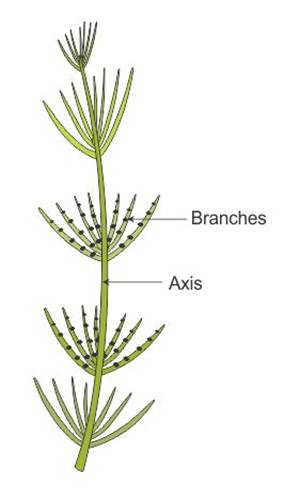

This leads to clear water and good clarity. Chara Because of its size and complex structure sometimes Chara is mistaken for a vascular aquatic plant or higher plant however, Chara actually is a multi-cellular macro-alga. Phytoplankton are algae found suspended or floating in the water column.īecause Torch Lake water has low nutrient concentrations of nitrogen and phosphorus, the lake has little phytoplankton. Single cell algae are microscopic and are the base of the aquatic food web. Types of Freshwater AlgaeĪlgae can be grouped by size: Single cell, Multicellular filamentous or Small plant-like organisms. Robert Sterner of the University of Minnesota, Duluth identified the algae species in the bloom as a blue-green algae that could be toxic but tests showed the toxin was not at dangerous levels. In the summer of 2018, even Lake Superior, the largest of the Great Lakes, experienced an algal bloom that stretched 50 miles long. In 2014, Toledo, Ohio had to shutdown their water supply after toxic algae formed on Lake Erie near the city’s water-intake pipe. Lake Erie is known for having large algal blooms. Some species of algae can produce toxins. Toxins can make the water unsafe for swimming, boating and even drinking. This is up from 9 reports in 2013 when the program started. In 2017, Michigan had 49 reports of algae from concerned citizens. The Three Lakes Association is collaborating with professors at the University of Michigan Biological Station and Michigan State University to determine the cause of this recent growth. It can also lead to changes in the amount of aquatic plants in the lake. The bloom is not dangerous to humans, but is considered a nuisance, because it changes the color of the lake water. While most algal blooms occur on the water surface, this bloom is located on the lake bottom along the shallow shoals. Diatoms are a type of single cell algae with glass or silica cell walls. Initial findings indicate the algae is composed of a community or assemblage of diatom species. Torch Lake, since the summer of 2014, has been experiencing a bloom of Golden Brown Algae on the bottom of lake. Storm run off from developed areas with impervious surfaces.Farms-fertilizers from crop farms and manure for livestock farms.More nutrients like phosphorus and nitrogen entering water from.On the bottom surface of the lake – benthic algae Did You Know?Īlgal blooms are occurring more frequently and are more widespread due to: 145 gsm fabric, solid color t-shirts are 100 cotton, heather grey t-shirts are. Suspended in the water column – phytoplankton Buy Chara fragilis - a genus of charophyte green algae. Algae can be found in two places in the water:.There are over 700 known species of algae in Michigan lakes.Algae are aquatic plants that lack true stems, roots and leaves.Chara also supports insects and other small aquatic animals, which are important foods for trout, bluegills, small mouth bass, and largemouth bass. Chara stabilizes bottom sediments provides food for waterfowl and cover for fish. Algae contains chlorophyll, so they can make their own food through photosynthesis. Chara ( commonly known as Stonewort Skunkweed Sandgrass) is an advanced form of algae often mistaken for a plant.Algae are an important food source for other organisms that live in Torch Lake. Steps should be taken to reduce nutrients to healthy levels within the pond or lake.Algae occur naturally in Torch Lake and its tributaries. If algae is covering the majority of the surface, this is a natural indicator that there are excess nutrients within the water. It is a food source for invertebrates, protozoans, and fish. Algae is an essential part of a pond's ecosystem. While filamentous algae may not be visibly appealing it can provide some benefit to the pond. It becomes buoyant from the oxygen it is producing. Spirogyra feels like wet silky hair.Īs string algae matures it eventually releases to the surface of the pond.

Pithophora is a type of filamentous algae that has a cotton-like consistency. The color of filamentous algae is normally bright green to dark green. String algae can look like green mossy mats, slime or long hair-like strands. There are many species of filamentous algae so not all algae blooms will look the same. String algae begins growth at the bottom of the pond. Filamentous algae is commonly called string algae, hair algae, or pond scum.


 0 kommentar(er)
0 kommentar(er)
